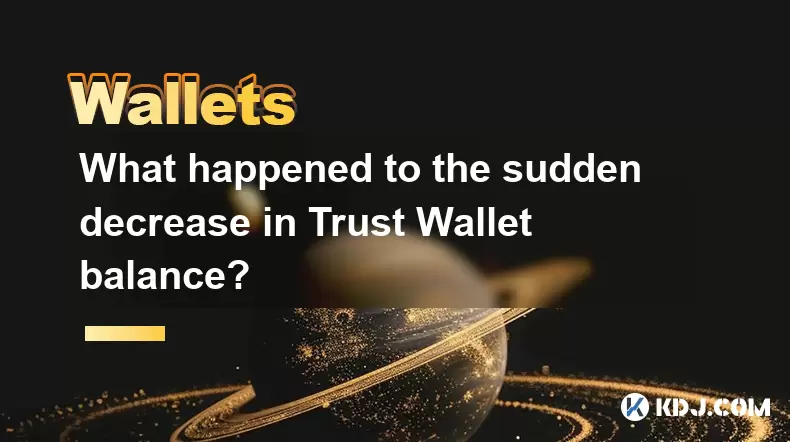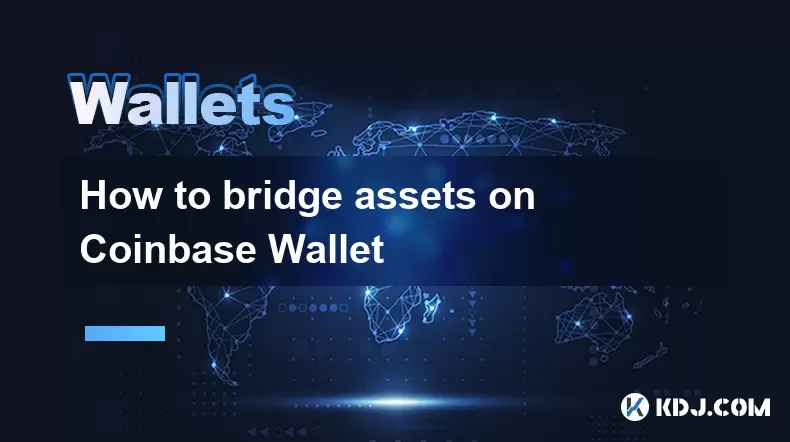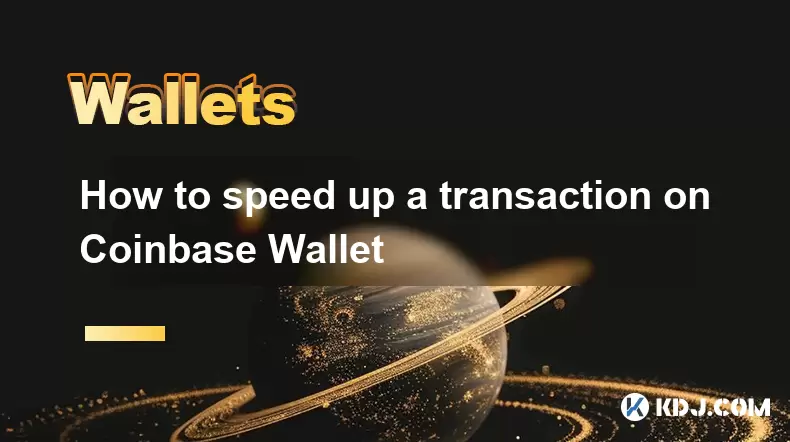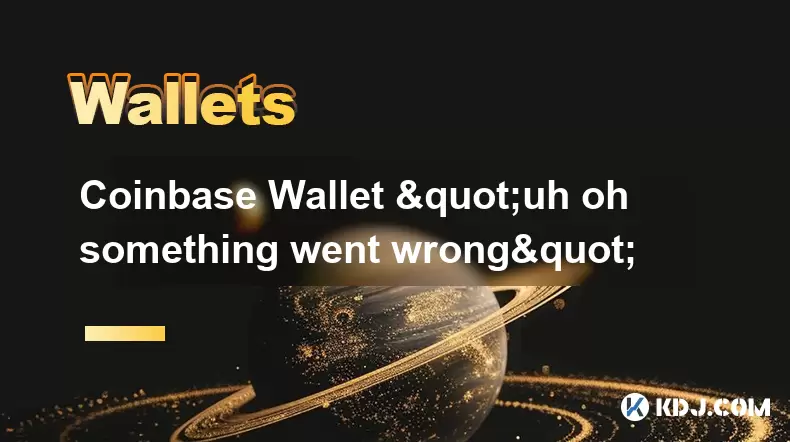-
 Bitcoin
Bitcoin $114800
-3.31% -
 Ethereum
Ethereum $3641
-5.84% -
 XRP
XRP $2.948
-6.36% -
 Tether USDt
Tether USDt $0.9998
-0.03% -
 BNB
BNB $772.4
-3.97% -
 Solana
Solana $169.1
-6.68% -
 USDC
USDC $0.9999
-0.01% -
 Dogecoin
Dogecoin $0.2056
-8.09% -
 TRON
TRON $0.3247
-0.18% -
 Cardano
Cardano $0.7239
-7.43% -
 Hyperliquid
Hyperliquid $39.71
-8.60% -
 Stellar
Stellar $0.3912
-7.84% -
 Sui
Sui $3.510
-10.17% -
 Chainlink
Chainlink $16.59
-8.03% -
 Bitcoin Cash
Bitcoin Cash $560.5
-3.65% -
 Hedera
Hedera $0.2464
-10.08% -
 Avalanche
Avalanche $22.03
-7.87% -
 Ethena USDe
Ethena USDe $1.001
-0.02% -
 UNUS SED LEO
UNUS SED LEO $8.947
0.21% -
 Toncoin
Toncoin $3.389
-2.58% -
 Litecoin
Litecoin $104.9
-5.23% -
 Shiba Inu
Shiba Inu $0.00001220
-6.67% -
 Polkadot
Polkadot $3.652
-6.10% -
 Uniswap
Uniswap $9.213
-9.05% -
 Monero
Monero $307.2
-2.93% -
 Dai
Dai $0.9998
-0.02% -
 Bitget Token
Bitget Token $4.367
-2.89% -
 Cronos
Cronos $0.1374
-6.80% -
 Pepe
Pepe $0.00001056
-8.65% -
 Aave
Aave $257.3
-7.31%
What happened to the sudden decrease in Trust Wallet balance?
Sudden Trust Wallet balance drops can result from technical errors, phishing, smart contract issues, or high network fees; investigate and secure your assets promptly.
May 15, 2025 at 11:15 pm

The sudden decrease in Trust Wallet balance can be a distressing experience for any cryptocurrency user. This phenomenon can be attributed to various reasons, ranging from technical glitches to security breaches. In this article, we will explore the potential causes behind such decreases, steps to investigate and resolve the issue, and preventive measures to safeguard your assets.
Understanding Possible Causes of Balance Decrease
Several factors might contribute to a sudden decrease in your Trust Wallet balance. These include:
Technical Errors: Sometimes, the wallet app may experience bugs or glitches that lead to incorrect balance displays. These errors are typically temporary and can be resolved with a simple app refresh or update.
Phishing Attacks: If you have fallen victim to a phishing scam, your private keys or seed phrases might have been compromised, leading to unauthorized withdrawals from your wallet.
Smart Contract Issues: If you've interacted with a malicious or faulty smart contract, it could drain your wallet without your knowledge.
Network Fees: High transaction fees during peak network congestion might result in a noticeable decrease in your balance, especially if you're not aware of the fee structure.
Steps to Investigate a Sudden Balance Decrease
If you notice a sudden decrease in your Trust Wallet balance, it's crucial to act swiftly to understand and address the issue. Here are the steps you should follow:
Check Transaction History: Navigate to the transaction history section in your Trust Wallet app. Look for any unauthorized or unfamiliar transactions that might explain the decrease.
Verify Network Status: Ensure that the blockchain network you're using is functioning correctly. Sometimes, network congestion or maintenance can lead to temporary balance discrepancies.
Review Recent Actions: Think back to any recent actions you've taken, such as interacting with new dApps or approving transactions. These might have triggered the balance decrease.
Contact Support: If you can't find an explanation for the decrease, reach out to Trust Wallet's support team. They can provide guidance and help investigate the issue further.
Resolving a Sudden Balance Decrease
Once you've identified the cause of the balance decrease, you can take appropriate steps to resolve it. Here's what you can do:
For Technical Errors: If the issue is due to a technical glitch, try closing and reopening the app, or updating it to the latest version. If the problem persists, consider reinstalling the app.
For Phishing Attacks: If you suspect a phishing attack, immediately move your remaining funds to a new, secure wallet. Change all your passwords and enable two-factor authentication (2FA) wherever possible.
For Smart Contract Issues: If a smart contract is responsible for the decrease, report it to the relevant blockchain's community or developers. They might be able to help you recover your funds or warn others about the malicious contract.
For Network Fees: If high network fees are the cause, consider using a different blockchain with lower fees for future transactions. Always review the fee structure before confirming transactions.
Preventive Measures to Safeguard Your Trust Wallet
To prevent future incidents of sudden balance decreases, consider implementing the following preventive measures:
Use Strong Passwords: Always use strong, unique passwords for your wallet and enable 2FA to add an extra layer of security.
Be Wary of Phishing: Never share your private keys or seed phrases with anyone. Be cautious of emails or messages asking for this information, as they are likely phishing attempts.
Verify Smart Contracts: Before interacting with any smart contract, research its legitimacy and read user reviews. Only interact with contracts from trusted sources.
Monitor Your Wallet: Regularly check your wallet's transaction history and balance. Early detection of unauthorized transactions can help mitigate potential losses.
Keep Software Updated: Always keep your Trust Wallet app and any related software up to date to benefit from the latest security patches and features.
How to Recover Funds After a Sudden Balance Decrease
If you've experienced a sudden balance decrease due to a security breach or phishing attack, recovering your funds can be challenging but not impossible. Here are some steps you can take:
Report to Authorities: If you believe you've been a victim of fraud, report the incident to local law enforcement and relevant cybercrime units. They might be able to help trace the stolen funds.
Contact Blockchain Investigators: There are professional services that specialize in blockchain forensics and fund recovery. They can help track down your stolen assets and potentially recover them.
Engage with the Crypto Community: Share your experience with the cryptocurrency community on forums and social media. Sometimes, other users might have insights or have experienced similar issues and can offer advice.
Use Recovery Tools: Some blockchain networks offer tools or services to help recover funds lost to phishing or smart contract exploits. Research these options and see if they apply to your situation.
Frequently Asked Questions
Q: Can a sudden balance decrease in Trust Wallet be due to a hacked phone?
A: Yes, if your phone is hacked, malicious software could potentially access your Trust Wallet and initiate unauthorized transactions, leading to a sudden balance decrease. Always ensure your device is protected with up-to-date antivirus software and avoid downloading apps from untrusted sources.
Q: Is it possible to recover funds if they were sent to the wrong address?
A: Recovering funds sent to the wrong address can be extremely difficult, as blockchain transactions are irreversible. However, if you act quickly and the recipient hasn't moved the funds, you might be able to contact them and request a return. In some cases, blockchain investigators might be able to help, but success is not guaranteed.
Q: How can I tell if a sudden balance decrease is due to a smart contract issue?
A: If you've recently interacted with a smart contract and noticed a sudden balance decrease, it could be related. Check your transaction history for any transactions linked to the smart contract in question. If you find unauthorized transactions or if the contract's behavior seems suspicious, it might be a smart contract issue.
Q: What should I do if I suspect my Trust Wallet has been compromised?
A: If you suspect your Trust Wallet has been compromised, immediately transfer your remaining funds to a new, secure wallet. Change all related passwords, enable 2FA, and consider using a hardware wallet for added security. Report the incident to Trust Wallet support and consider notifying local authorities if you believe it's a case of fraud.
Disclaimer:info@kdj.com
The information provided is not trading advice. kdj.com does not assume any responsibility for any investments made based on the information provided in this article. Cryptocurrencies are highly volatile and it is highly recommended that you invest with caution after thorough research!
If you believe that the content used on this website infringes your copyright, please contact us immediately (info@kdj.com) and we will delete it promptly.
- Bitcoin, Ethereum, and Investor Behavior: A New York Minute on Crypto Trends
- 2025-08-01 15:10:12
- Tether's Q2 Triumph: USDT Supply Soars Amidst Profit Surge!
- 2025-08-01 15:10:12
- Ethereum ETF Holdings: A Corporate Treasury Revolution?
- 2025-08-01 15:30:12
- Ethereum's Wild Ride: Funding Rates, Price Drops, and Retail to the Rescue!
- 2025-08-01 15:30:12
- Ethereum Under Pressure: Crypto Market Drop Explained
- 2025-08-01 15:35:11
- Ethereum ETF Mania: Inflows Surge, Market Rises, What's Next?
- 2025-08-01 15:35:11
Related knowledge

How to bridge assets on Coinbase Wallet
Jul 27,2025 at 01:14am
What Is Asset Bridging in the Context of Coinbase Wallet?Bridging assets refers to the process of transferring tokens from one blockchain network to a...

Can I use Coinbase Wallet without a Coinbase account?
Jul 18,2025 at 04:35am
What is Coinbase Wallet?Coinbase Wallet is a self-custodial wallet that allows users to store, send, and receive various cryptocurrencies directly on ...

How to speed up a transaction on Coinbase Wallet
Jul 27,2025 at 07:14am
Understanding Transaction Speed on Coinbase WalletWhen using Coinbase Wallet, users may occasionally encounter delays in transaction confirmations. Th...

Coinbase Wallet "uh oh something went wrong"
Jul 20,2025 at 10:00am
Understanding the Coinbase Wallet Error: 'Uh Oh, Something Went Wrong'If you're a Coinbase Wallet user, encountering the error message 'Uh Oh, Somethi...

How to add Optimism network to Coinbase Wallet
Jul 20,2025 at 05:21am
What is the Optimism Network?The Optimism network is a Layer 2 scaling solution built on top of the Ethereum blockchain. It aims to enhance transactio...

How to add Arbitrum to Coinbase Wallet
Jul 18,2025 at 03:00pm
Understanding Arbitrum and Its Integration with Coinbase WalletArbitrum is a layer-2 scaling solution developed by Offchain Labs to enhance the speed ...

How to bridge assets on Coinbase Wallet
Jul 27,2025 at 01:14am
What Is Asset Bridging in the Context of Coinbase Wallet?Bridging assets refers to the process of transferring tokens from one blockchain network to a...

Can I use Coinbase Wallet without a Coinbase account?
Jul 18,2025 at 04:35am
What is Coinbase Wallet?Coinbase Wallet is a self-custodial wallet that allows users to store, send, and receive various cryptocurrencies directly on ...

How to speed up a transaction on Coinbase Wallet
Jul 27,2025 at 07:14am
Understanding Transaction Speed on Coinbase WalletWhen using Coinbase Wallet, users may occasionally encounter delays in transaction confirmations. Th...

Coinbase Wallet "uh oh something went wrong"
Jul 20,2025 at 10:00am
Understanding the Coinbase Wallet Error: 'Uh Oh, Something Went Wrong'If you're a Coinbase Wallet user, encountering the error message 'Uh Oh, Somethi...

How to add Optimism network to Coinbase Wallet
Jul 20,2025 at 05:21am
What is the Optimism Network?The Optimism network is a Layer 2 scaling solution built on top of the Ethereum blockchain. It aims to enhance transactio...

How to add Arbitrum to Coinbase Wallet
Jul 18,2025 at 03:00pm
Understanding Arbitrum and Its Integration with Coinbase WalletArbitrum is a layer-2 scaling solution developed by Offchain Labs to enhance the speed ...
See all articles

























































































